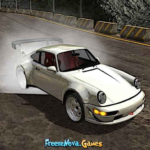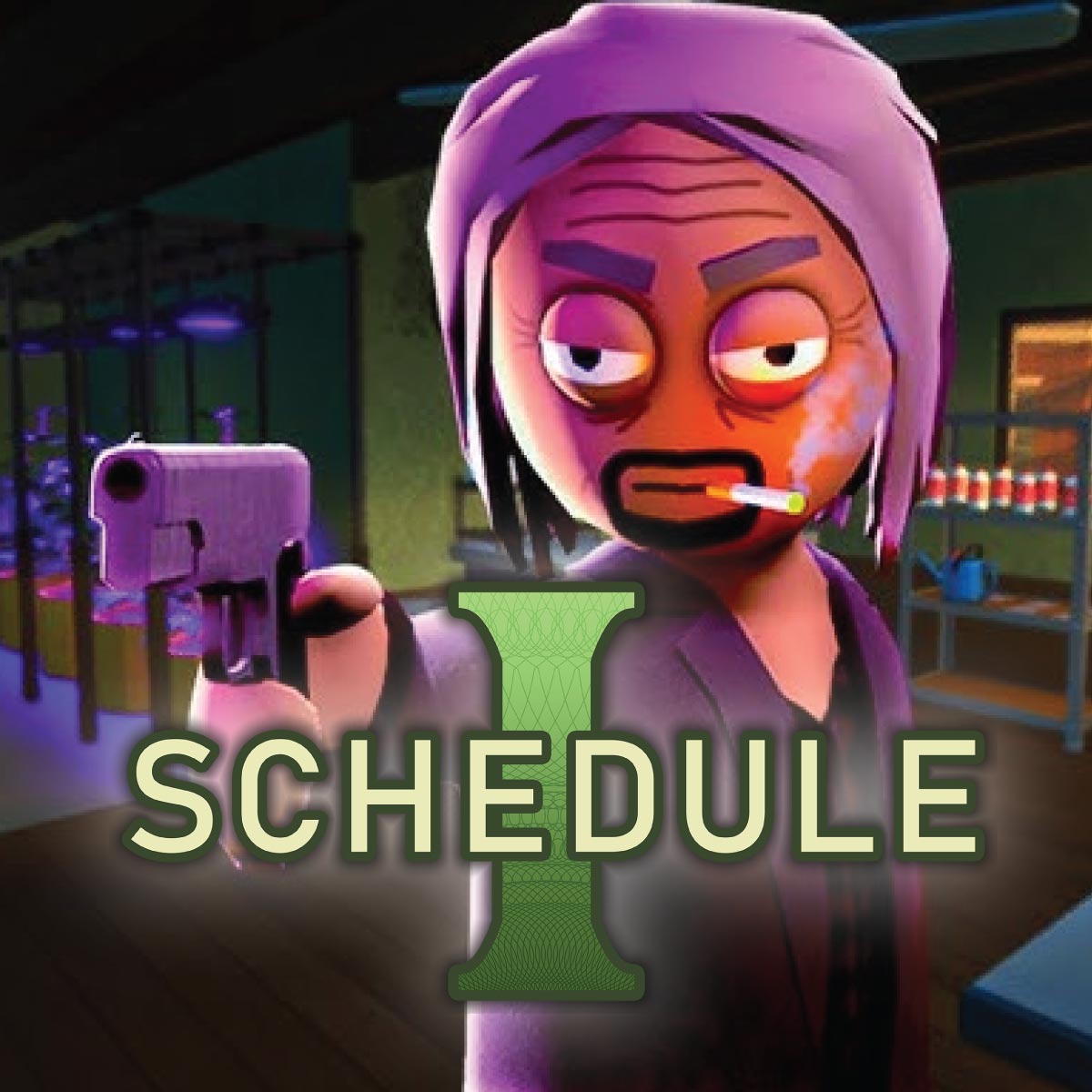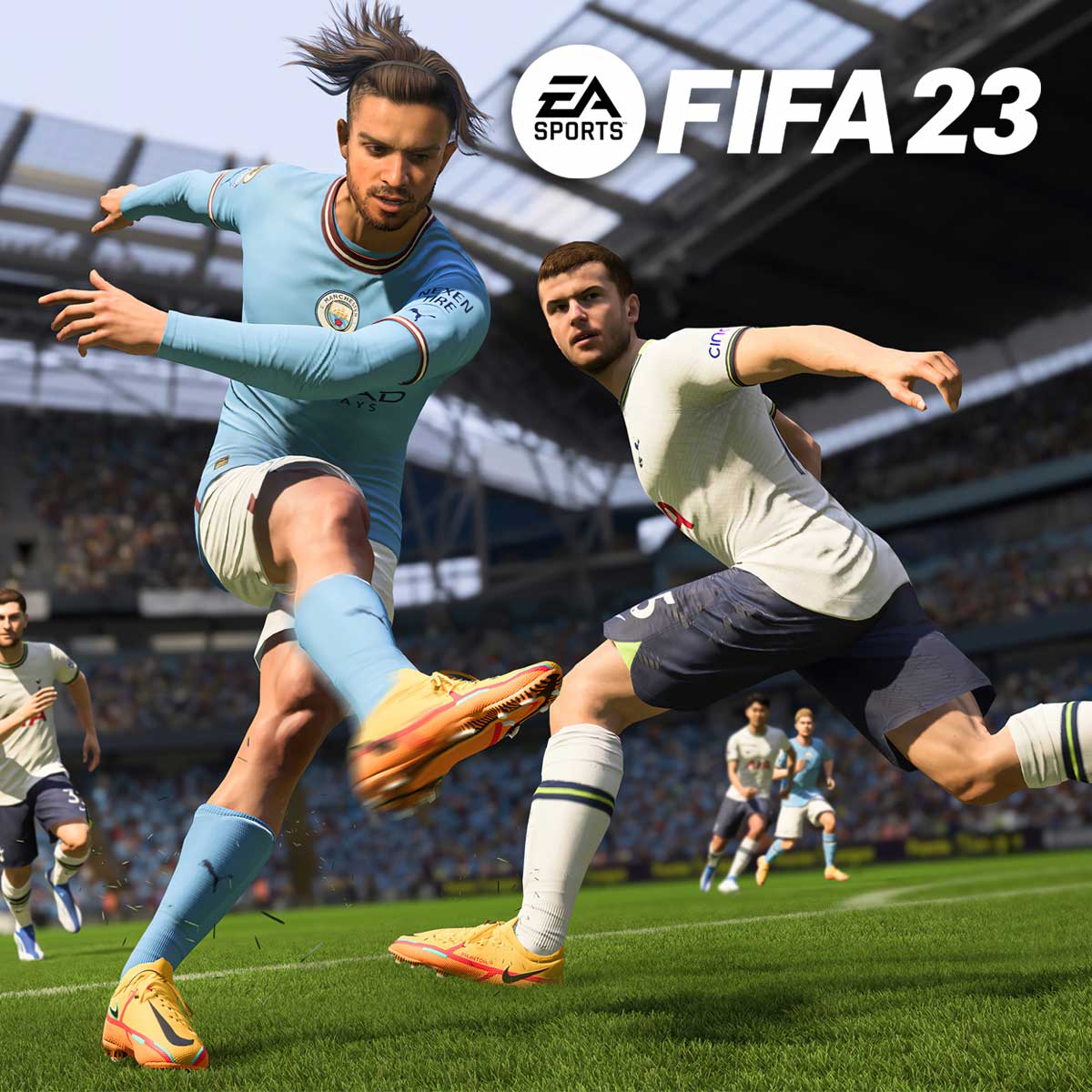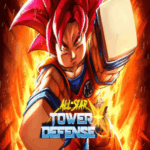Valorant Game Review: Tactical Precision Meets Hero-Based Combat
Valorant is Riot Games’ entry into the tactical first-person shooter genre, combining tight gunplay with agent-based abilities to create a competitive and strategic experience. Released for PC, the game quickly became a major title in the esports scene, thanks to its blend of Counter-Strike-style precision and Overwatch-inspired character design. Valorant rewards teamwork, map knowledge, and mechanical skill across intense 5v5 matches.
Tactical Core Gameplay
At its foundation, Valorant is a round-based shooter where attackers aim to plant a spike and defenders must stop them. Each round offers players a chance to purchase weapons, shields, and abilities using in-game currency earned through performance.
Accuracy, reaction time, and crosshair discipline are essential. A single bullet can decide an engagement, making gunfights incredibly tense and rewarding for skilled players. Movement is precise and deliberately paced, encouraging coordination over chaos.
Unique Agent Abilities
What sets Valorant apart is its roster of agents, each with a unique set of abilities. These include smokes, flashes, recon tools, and ultimates that can turn the tide of battle. While gunplay is always the primary focus, proper use of abilities adds a layer of strategic depth.
Agents are divided into roles like Duelists, Initiators, Sentinels, and Controllers. Team composition and synergy matter, as a balanced lineup increases a team's tactical options across different maps.
Map Design and Competitive Structure
Valorant’s maps are built with clear lanes, verticality, and site-focused combat. Each map offers unique strategic points, from teleporters in Bind to zip lines in Split. Mastery involves understanding callouts, sightlines, and utility placements.
The game’s ranked system features divisions from Iron to Radiant, rewarding consistent performance and communication. Regular updates to maps and balance help maintain a healthy competitive meta and fresh gameplay variety.
Visual Style and Performance
Valorant features a clean and readable visual design that prioritizes clarity in competitive play. Stylized textures and bold outlines make it easy to track players, projectiles, and abilities in the middle of fast-paced engagements.
The game is optimized to run smoothly on a wide range of hardware, including lower-end PCs. High frame rates and low input latency are key advantages for competitive players, and Riot has delivered impressively in this area.
Sound Design and Communication
Audio plays a crucial role in Valorant. Footsteps, reloads, and ability cues provide vital information. Skilled players rely on sound to anticipate movement or set up ambushes, making good headphones an important tool.
Voice and text chat are built into the client, allowing teams to coordinate plays and share intel. Riot also provides clear communication tools like pings and callouts, reducing reliance on third-party apps.
Esports and Community Growth
Valorant has quickly built a thriving competitive scene. From grassroots tournaments to the official Valorant Champions Tour, the game supports aspiring pros and seasoned veterans alike. Riot’s esports infrastructure has helped Valorant become a staple in global competition.
Streamers and content creators contribute heavily to its visibility, and community engagement through updates, feedback channels, and patch transparency has kept the player base active and loyal.
Monetization and Skins
Valorant is free to play, with monetization focused on weapon skins, battle passes, and cosmetics. Skins range from simple recolors to elaborate animations and sound effects, allowing players to personalize their experience without gaining gameplay advantages.
While premium skins can be expensive, none of them offer a competitive edge, keeping matches fair for all players regardless of spending.
Challenges and Accessibility
Valorant’s steep learning curve may intimidate new players. Mastery requires strong aim, map awareness, and tactical decision-making. Poor team coordination can also lead to frustrating matches, especially in solo queue.
Despite its high skill ceiling, Riot offers tutorials, practice ranges, and unrated modes for those looking to improve. Still, this is a game that demands patience and time to reach its full potential.
Conclusion
Valorant successfully merges precision shooting with strategic ability use, offering a deeply competitive and rewarding experience. Its clean design, consistent updates, and esports support make it a leader in tactical shooters.
This review shows that Valorant is not just a trend but a carefully crafted title built for long-term play. Whether climbing ranks or competing professionally, it delivers a balanced and thrilling challenge.






























